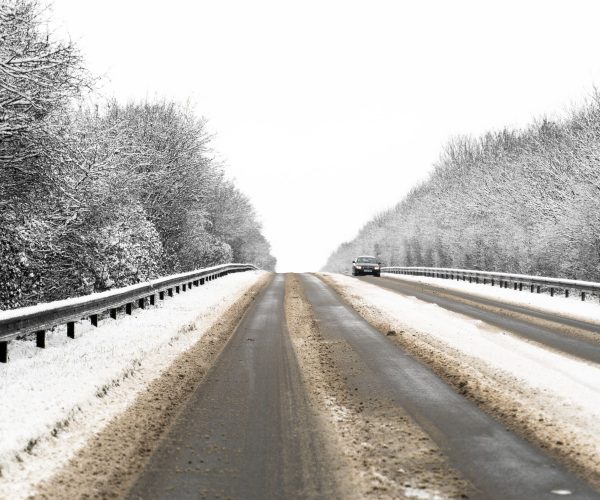Winter Weather Hazards
By Jerry Binkley
Winter driving and even walking outside can be dangerous and very frightening. Roads coated with black ice, snow, slush, or water account for nearly 500,000 vehicle crashes and more than 2,000 road deaths every year. Slips and falls in icy parking lots, stairs and walkways account for hundreds of people slipping and falling while at work.

Look Out for Black Ice
During the day, the ice and snow may thaw. But as the temperature drops in the late afternoon or evening, water may turn to ice on the roadway, parking lot, or stairs.
Black ice forms most commonly at night or in the early morning when the temperatures are at their lowest, or when the sun isn’t around to warm the roads. Black ice forms readily on bridges, overpasses and the road beneath overpasses, parking lots, sidewalks and on steps leading into or away from buildings.
Tips for driving on black ice:
- Stay calm
- Slow down
- Resist the urge to hit the brakes
- Try and stay safe in your lane
- Head for areas of traction
If you are walking and encounter ice, here are some suggestions:
- Ensure you have proper footwear – wear the right shoes. Try to find shoes with good tread or that are designed for winter weather conditions.
- Do the shuffle – take small, short steps!
- Don’t try carrying to much – maintain your balance.
- When climbing stairs, use the handrails and focus on your path of travel.
Report slippery conditions to your supervisor. Avoid wet surfaces and do your best to help communicate a hazard to your team.

